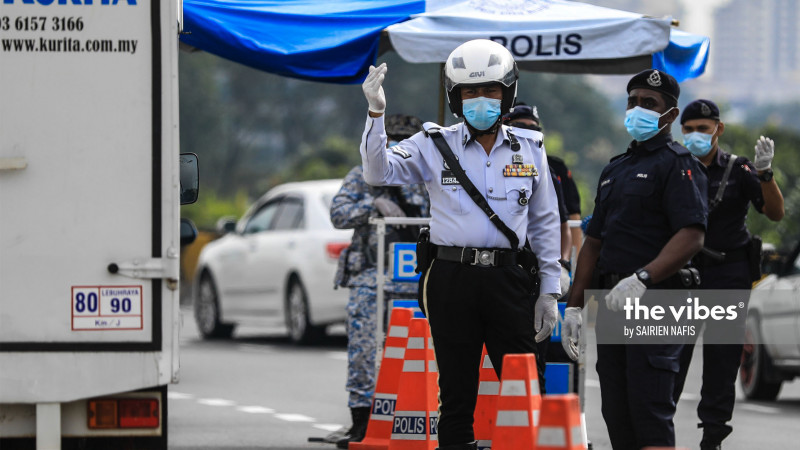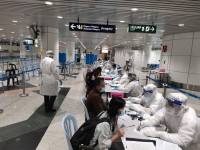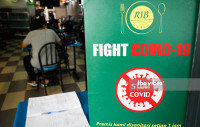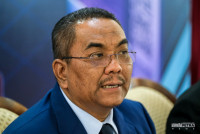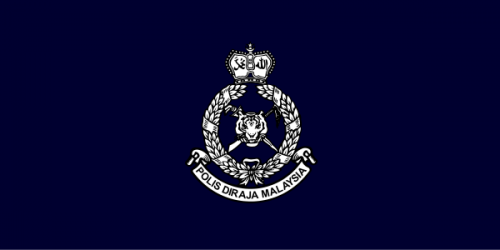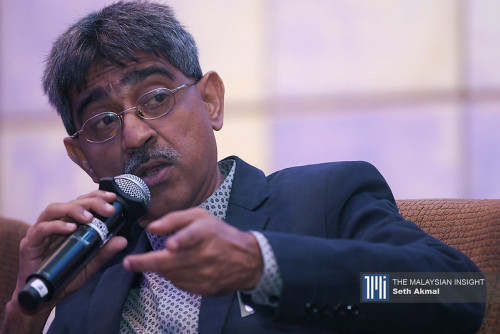
IS the re-imposition of the conditional movement control order (CMCO) really, really necessary, especially in Kuala Lumpur, Selangor and Putrajaya?
This is a fair question considering the government’s mishandling of the Covid-19 outbreak in Sabah for political reasons by allowing unrestricted movement within Sabah and between there and the peninsula during the recent state election.
Is the latest decision to re-impose controls in the three areas related to political reasons, specifically to restrict movement during a time when a change in government is possible with Datuk Seri Anwar Ibrahim claiming he has a majority in Parliament? Let’s see.
By relaxing the controls for the elections, the government had allowed the spread of the virus not only within Sabah but facilitated its spread to the peninsula.
According to the health director-general, most of the new cases in the peninsula originated from Sabah.
As explained in this article, controls were lax to enable politicking during the lead-up to the Sabah election of September 26 that would have favoured the coalition in opposition at the time.
In fact, Prime Minister Tan Sri Muhyiddin Yassin had on October 3 said there was no need to be alarmed over the spike in Covid-19 cases.
“Please be informed that most of the cases occurred among detainees in prisons, in areas under the targeted enhanced movement control order (Temco), and from the clusters that have already been identified and controlled.
“Those areas are being monitored at all times and detection of cases and close contacts are actively being done to ensure that positive cases could quickly be identified and isolated,” he said on his Facebook page.
Ten days later, on October 13, he sang a different tune, saying that the decision to impose the CMCO in Selangor, Kuala Lumpur and Putrajaya is the right move given the surge in Covid-19 cases in yellow and red zones.
“It is the correct move by the National Security Council (NSC) to make sure, on the basis of proactive and pre-emptive action, that it can actually help curtail the Covid-19 pandemic in Selangor,” the prime minister told a press conference carried live on Facebook on the evening of October 13.
The figures, however, seem to be telling a different story. This website provides interesting charts and tables on the Covid-19 situation on a state-by-state basis for Malaysia. And it tells a fascinating tale.
Look at the chart on cumulative cases on a state-by-state basis. The figures are from September 14 to October 12.
The dreaded spike in cases happened only in two states – Sabah and Kedah.
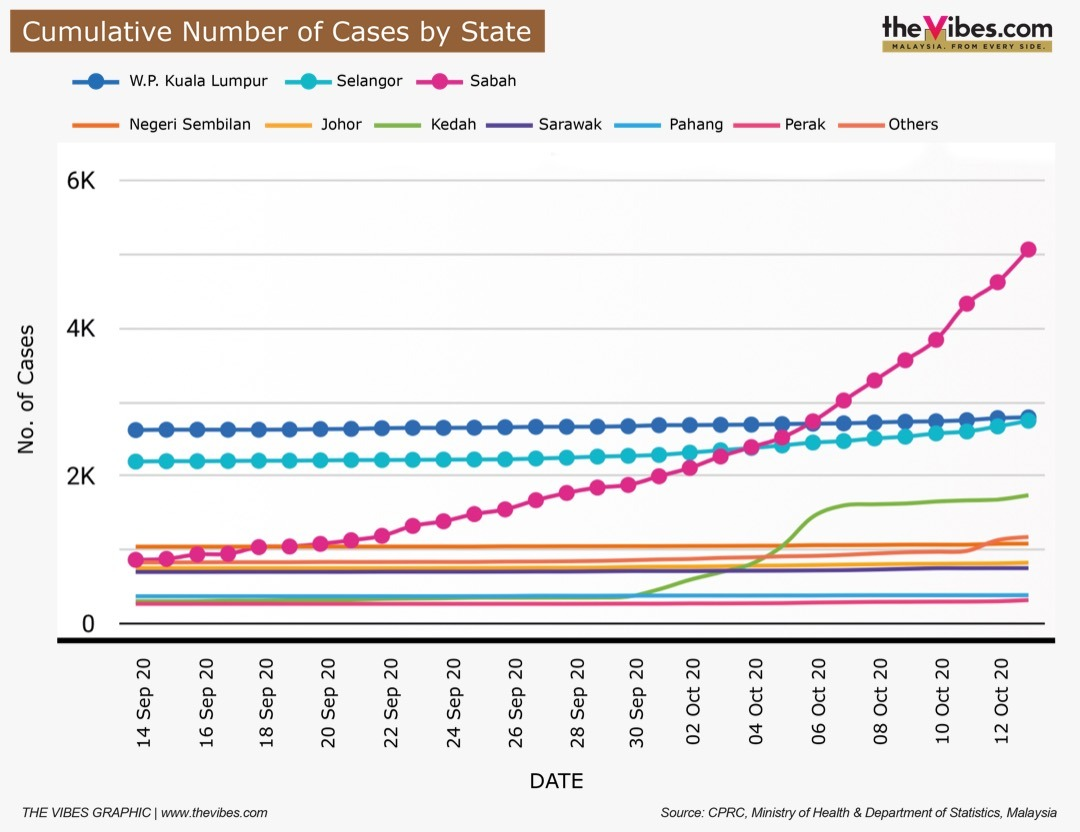
Sabah experienced a very steep rise in cases, indicating a rather dire situation which needed to be put under control very quickly.
The spike was evident from September 22 but continued to accelerate ahead of the state election in Sabah on September 26. But still CMCO was only imposed on October 13, long after the clear spike in cases.
Kedah, was not much better but after an initial spike, the curve started to flatten out. For both Selangor and Kuala Lumpur, the curve is still quite flat, a clear indication that the CMCO could have been postponed to see how it pans out.
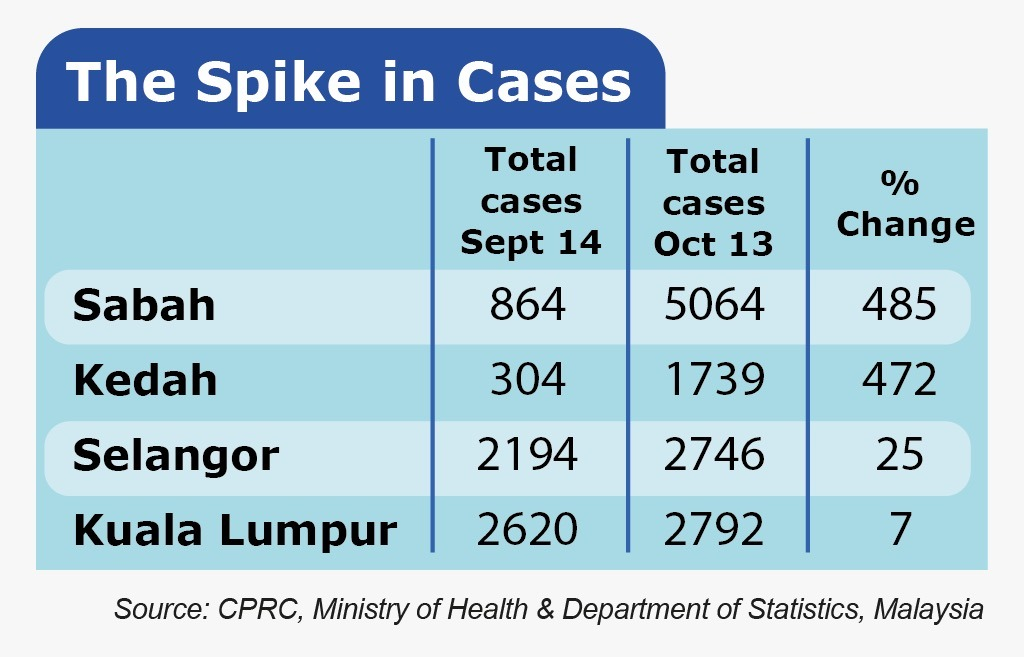
The table on the spike in cases mirrors the chart showing that cases on October 13 were nearly six times the figure a month ago for Sabah (864 to 5,064) where the curve was steepest to about five times to 1,739 for Kedah.
Meantime, Putrajaya, the seat of power of the federal government, had just 119 cumulative cases and with no new infections on October 13 (see table on Covid statistics), certainly did not warrant a CMCO.
The table also shows that there is no alarming increase in cases in Kuala Lumpur on October 13 with just 10. While Selangor had 76 cases, Kedah was behind with 60.
But Kedah has just about a third of Selangor’s population of 6.7 million, indicating a much more dire situation in Kedah than in Selangor. But CMCO was still not imposed in Kedah.
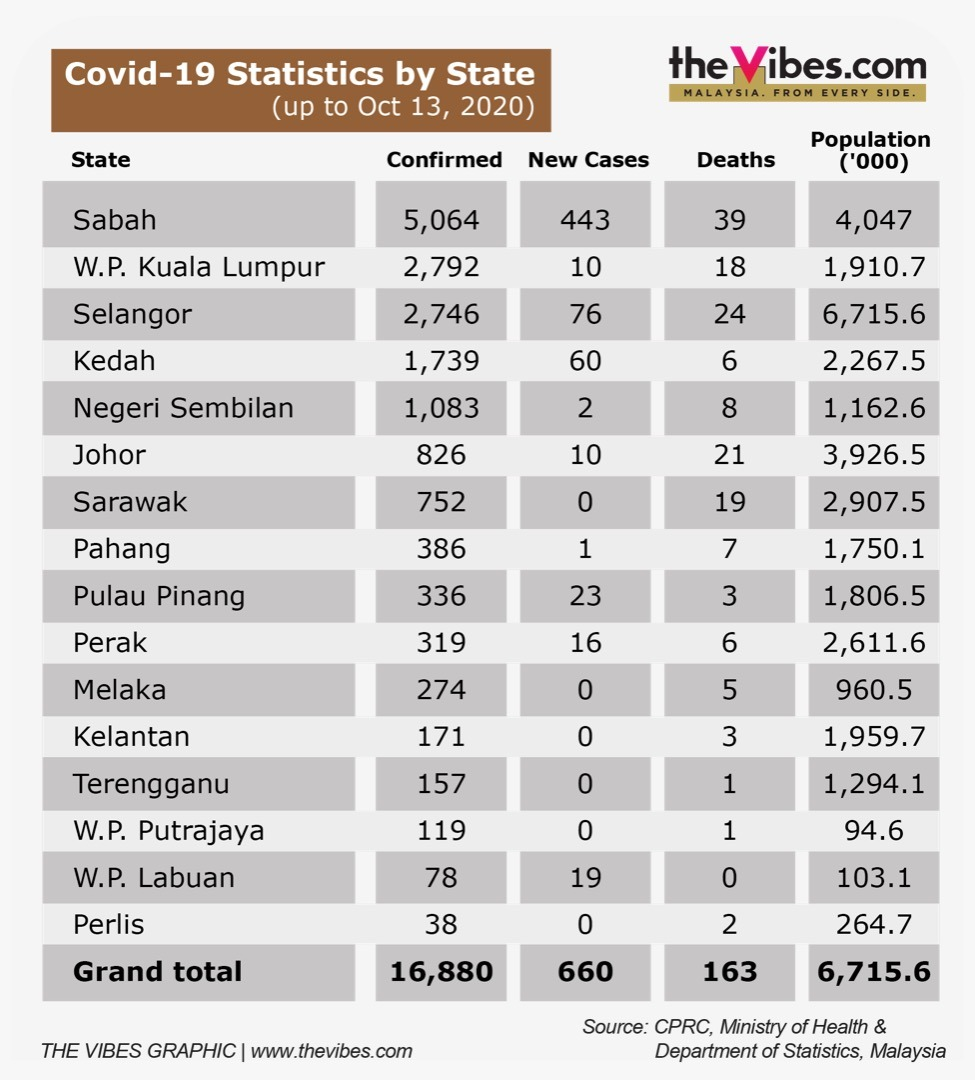
There are sufficient grounds to question why CMCO was imposed in Kuala Lumpur, Selangor and Putrajaya, and one can only hope that the backdoor government has very good reasons for its decisions. Given its track record, one cannot be hopeful. – The Vibes, October 15, 2020
P Gunasegaram says figures responsibly used don’t lie. He is editorial consultant of The Vibes.



